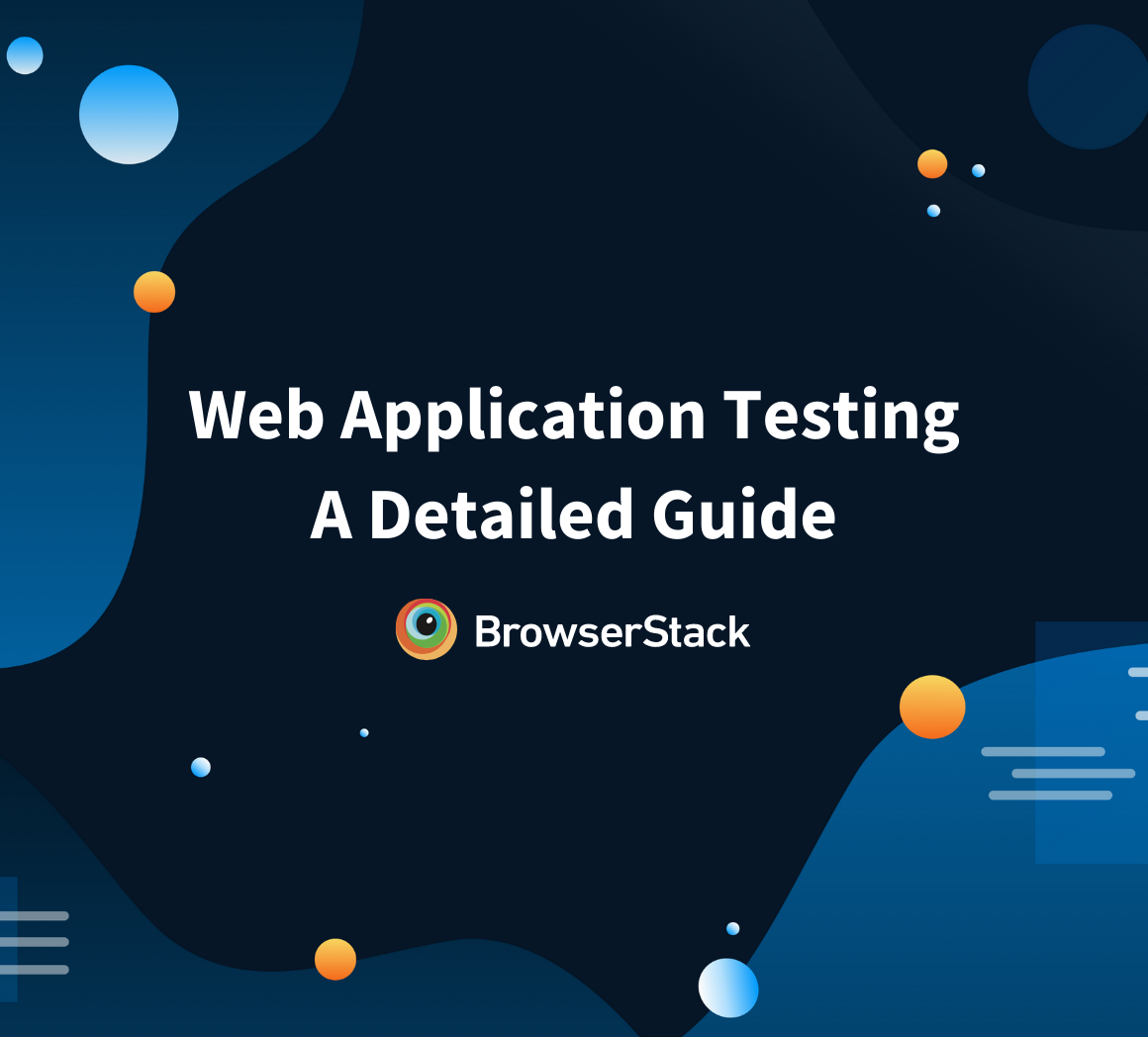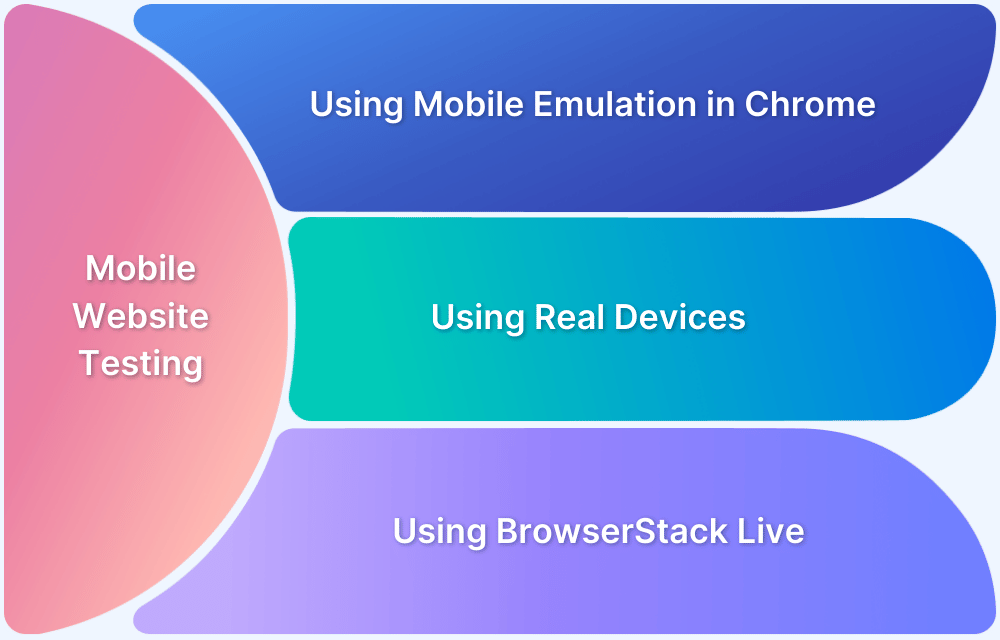Choosing the best operating system for web apps depends on your development requirements, project type, and target audience. Each OS—Windows, macOS, or Linux—offers unique advantages for web app development, whether for back-end support, front-end performance, or cross-platform compatibility. Selecting the right system ensures smoother workflows, faster testing, and optimized app performance.
Overview
Best Operating System Comparison for Web Apps
- Windows → High performance for .NET/ASP.NET apps, strong enterprise support, large developer community. Moderate security; great for cross-platform with Electron/.NET Core.
- macOS → Optimized for Safari/WebKit, excellent for React Native and Electron apps, strong security, good support for back-end languages like Python & Node.js. Limited customization.
- Linux → Lightweight and efficient, ideal for server-side apps, fully customizable, strong open-source support, optimal for Python, Ruby, Java, PHP, Node.js, and cross-platform via Electron & Flutter.
Key Factors to Consider for Optimized Web Apps
- Back-End Support → Choose OS based on preferred frameworks and language stack.
- Client-Side Development → Evaluate native vs. cross-platform app creation needs.
- Security & Privacy → macOS and Linux have stronger built-in protections; Windows may need extra tools.
- Customizability → Linux offers full control; Windows is enterprise-friendly; macOS is more restricted.
- Community & Support → Consider developer forums, libraries, and community activity for troubleshooting.
This guide explains how each operating system performs for web apps, key factors to consider, and how to test across devices using BrowserStack in 2025.
The Best Operating System for Web Apps
Below is a table exploring key factors that influence how well each system aligns with different development needs, to help clarify this.
| Factors | Windows | macOS | Linux | |
|---|---|---|---|---|
| Web App Processing | High performance on .NET & ASP.NET apps | Optimized for Safari and WebKit | Lightweight and efficient, ideal for server-side web apps | |
| Native Client-Side Web App Creation | Native apps with UWP (Universal Windows Platform) | Native apps via Swift & macOS SDK | Limited native client-side app support | |
| Cross-Platform Client-Side Web App Creation | Compatible with Electron and .NET Core for cross-platform apps | Excellent support for React Native and Electron | Excellent support via Electron, Flutter | |
| Back-End Development | Strong support for .NET, ASP.NET, and Node.js | Good support for Python, Ruby, Node.js | Optimal for Python, Ruby, Java, PHP, Node.js, and more | |
| Security | Moderate (requires additional tools) | High (built-in privacy features) | High (open-source, secure kernel) | |
| Customizability | High (especially for enterprise software) | Moderate (limited by Apple’s ecosystem) | Very high (completely customizable) | |
| Developer Community Support | Large community support, especially for Microsoft technologies | Strong, particularly in web and mobile development | Strong, especially for open-source tools and frameworks |
Testing on Real Devices with BrowserStack
If you’re a tester, there is no alternative to testing on real devices for compatibility of your web app across different operating systems.
BrowserStack offers a real device cloud platform. Here you can access over 3500+ different devices, browsers, and OS combinations using this platform.
It helps deliver seamless and consistent user experience across different device-browser-OS combinations under real user conditions. You can run the same tests on multiple device-browser combinations saving time and ensuring maximum test coverage.





